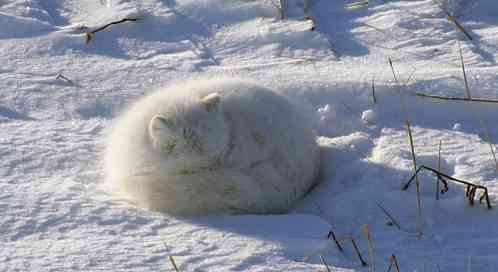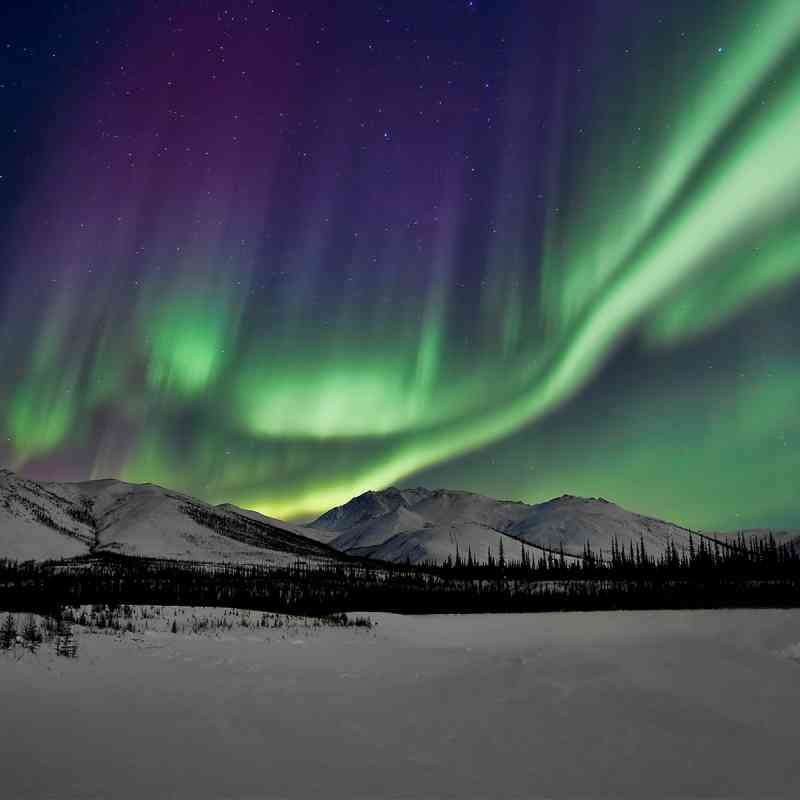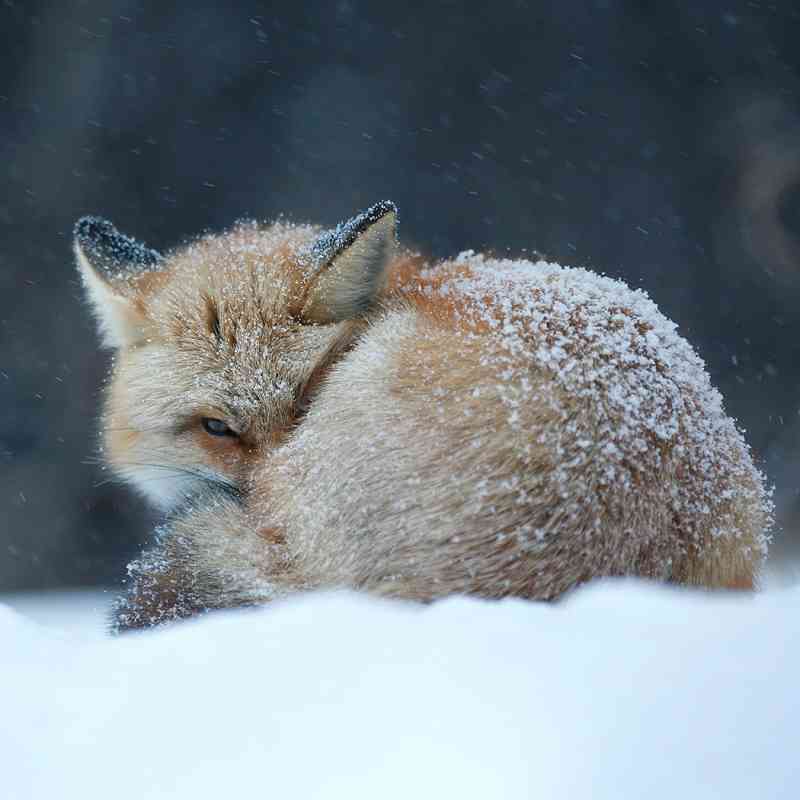Living doesn’t come easy on the tundra. But this furry fox with a bushy blanket for a tail finds the frigid habitat fitting. Big paws of dense fur keep the fox from crashing through crusty snow as it listens for the lemmings and voles tunneling below. Hearing a scurry or a squeak, the Arctic fox nabs its prey beneath the snowpack with a dramatic pounce and paw punch.
But the fox’s ability to excel in harsh temperatures can’t shield it from an altered climate. Some of the species most vulnerable to the effects of climate change are those best adapted to the cold, ice and snow. With warming temperatures, precipitation turns from dry snow to freezing rain and ice. This causes the snow tunnels of the foxes’ prey to collapse. A warming world is also allowing the boreal forest to expand northward, bringing the larger red fox, which can outcompete the arctic fox for food and territory.
While we wait for Congress to enact a comprehensive climate change bill, we can still do our part by making our own footprints on the planet as light as possible—helping the arctic fox to continue to wander the world with us.
Saving Something Wild
Defenders is working to prevent the loss of our most vulnerable wildlife species, particularly in the Arctic, where the effects of climate change are most evident.
Climate change is a pressing threat for 16 mammal species in the Arctic National Wildlife Refuge—including the arctic fox, lynx and muskox—making increased protection of their habitats critical to their survival, according to new research by Defenders. To protect them, Defenders is calling for no drilling on the refuge, the protection of habitat corridors that allow wildlife to move between the refuge and Canada, and funding for on-the-ground research to better understand how warmer temperatures are affecting wildlife. Climate change is here. What we can do now is try to lessen its consequences.
Read more about the full list of threatened species. >>
Only select articles from Defenders are available online. To receive 4 issues annually of the full award-winning magazine, become a member of Defenders of Wildlife!



